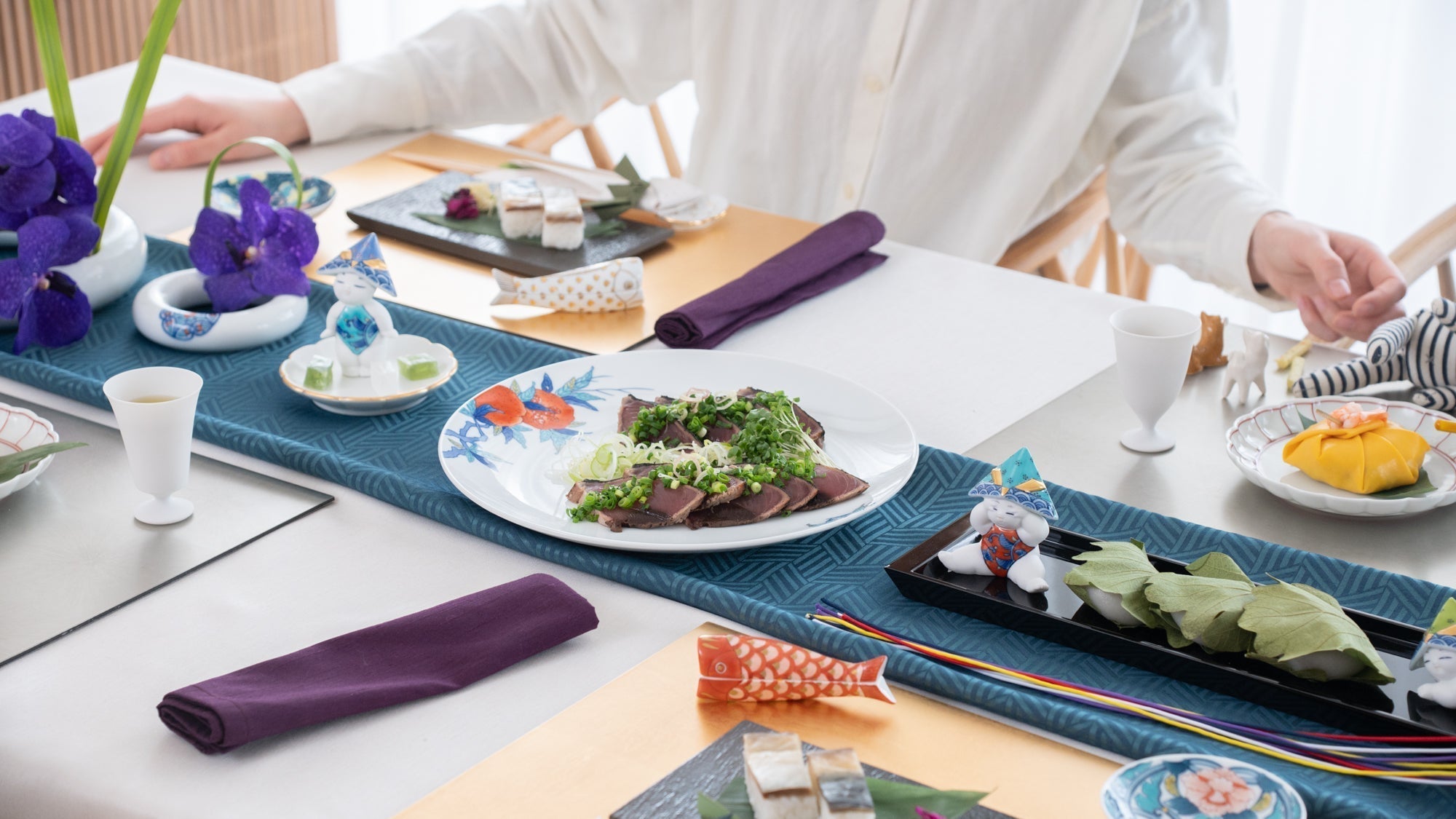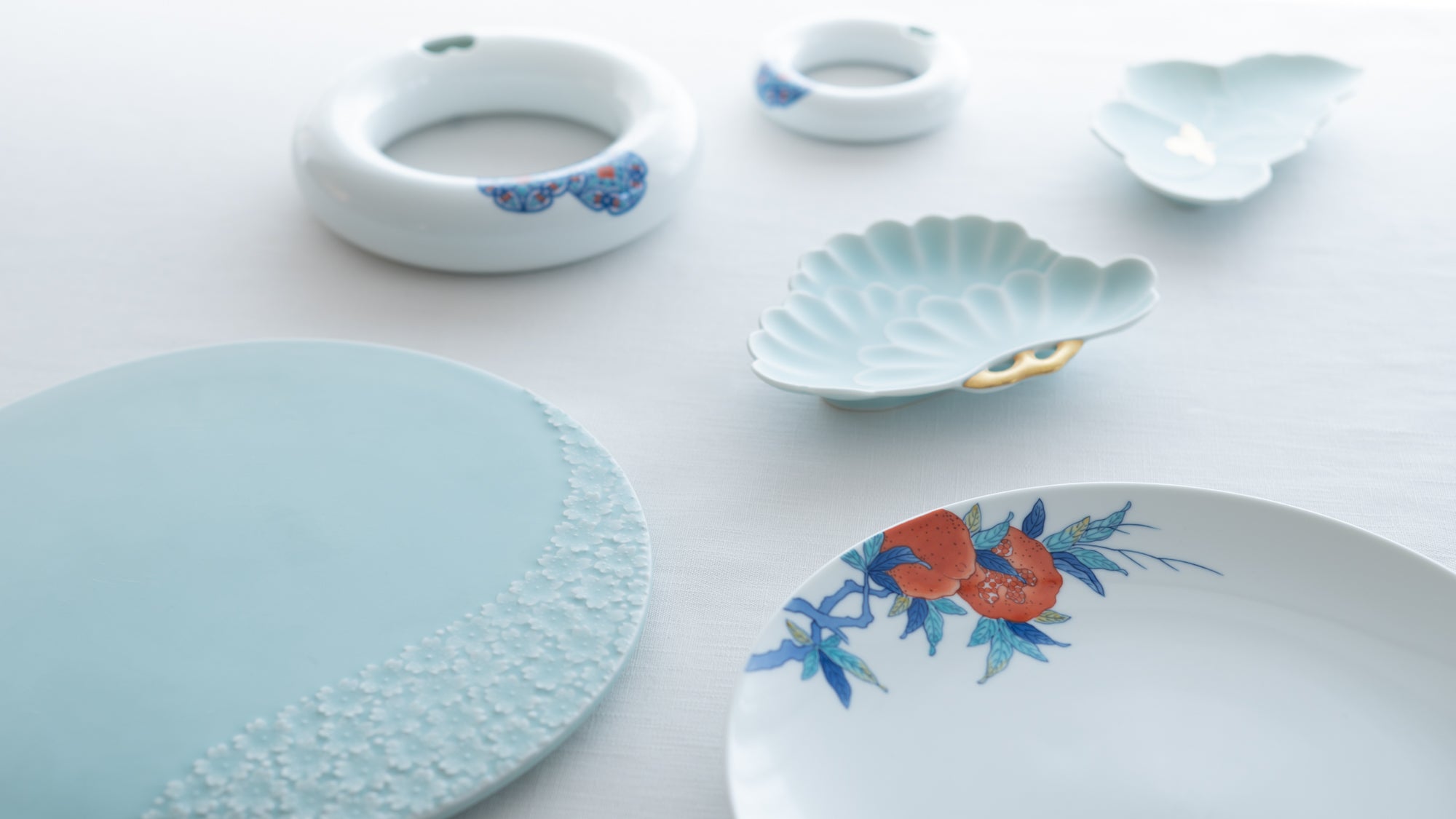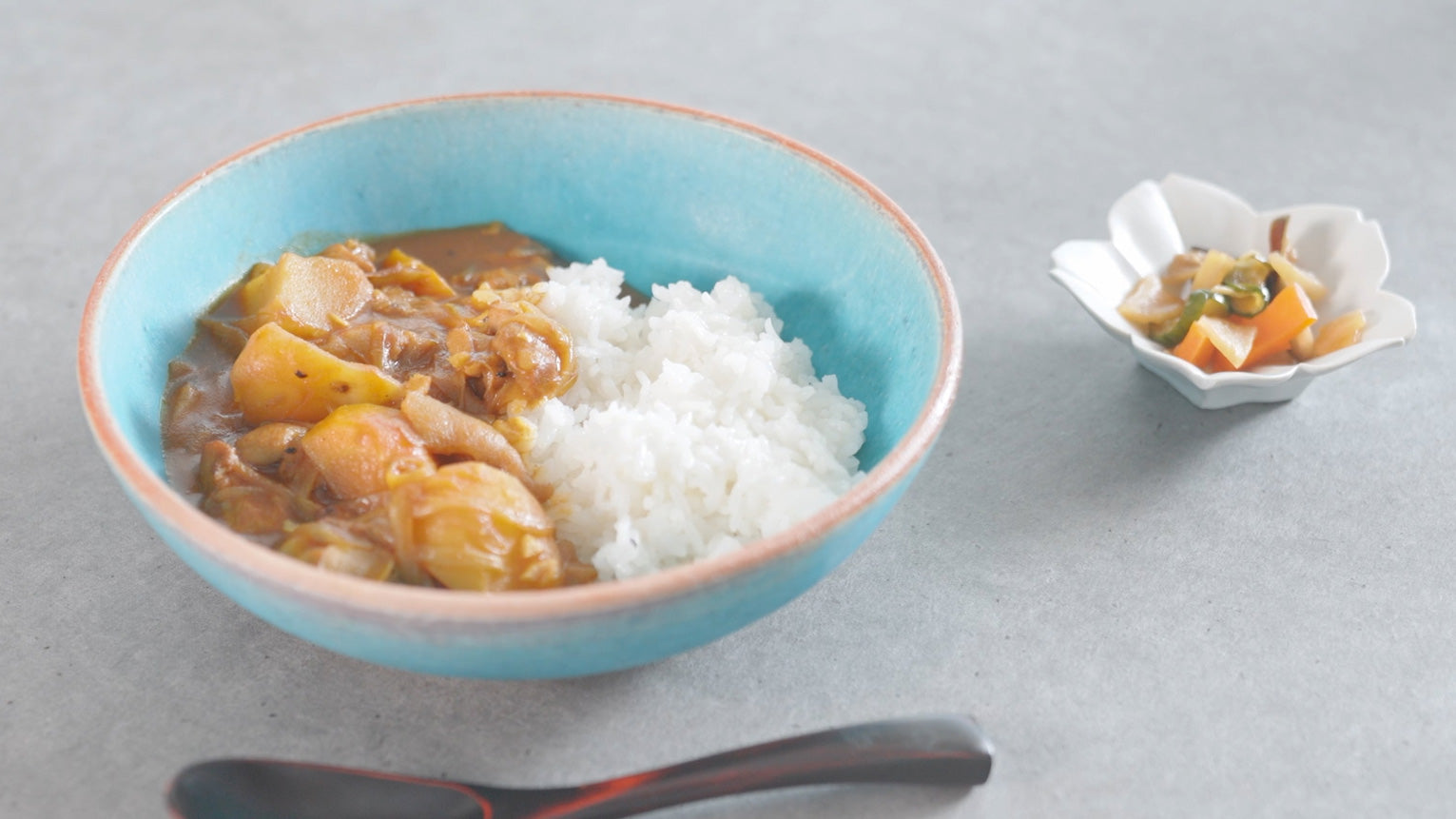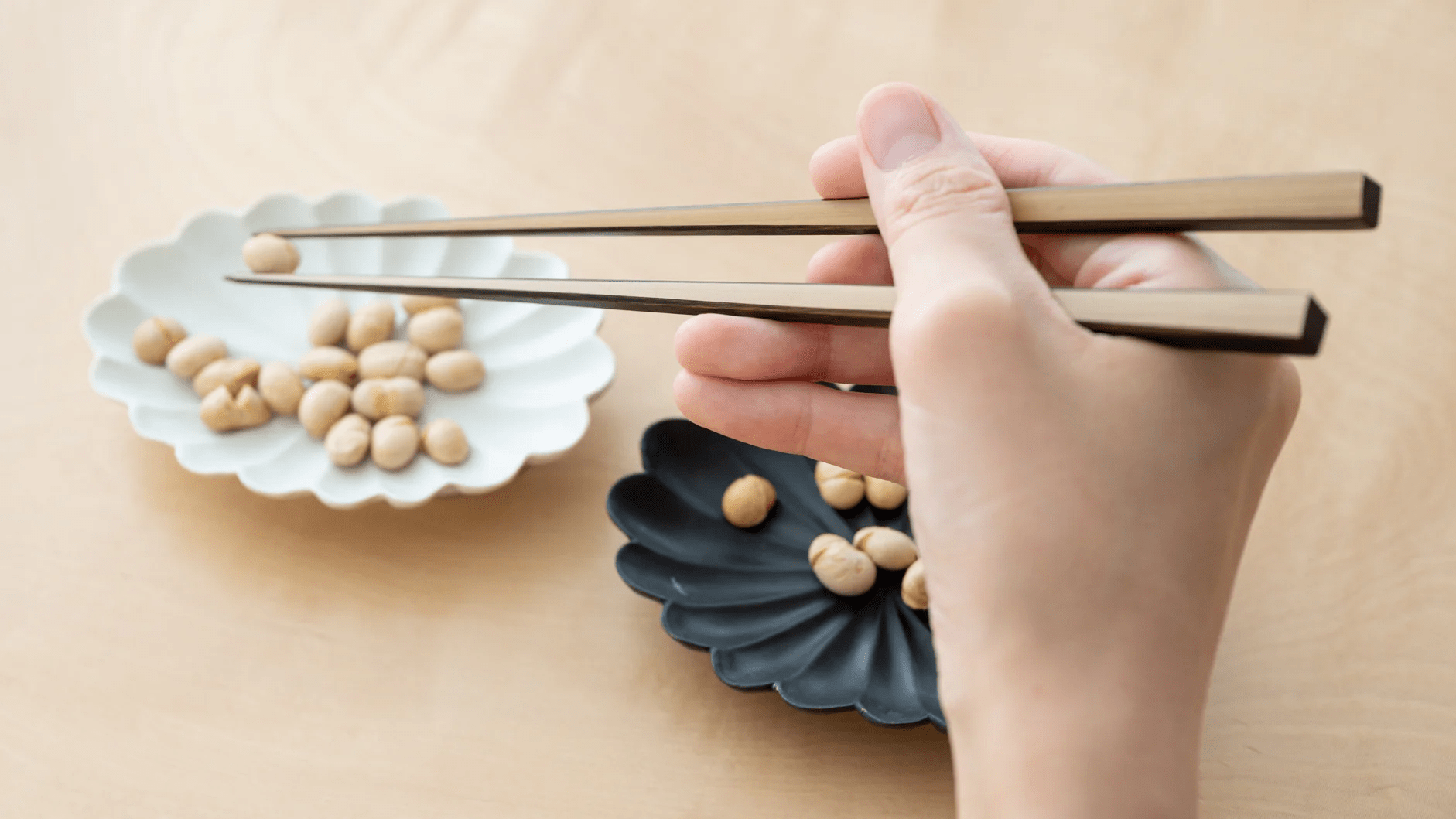
Beautiful Tradition Enjoyed with Imari Nabeshima Ware
Written by Team MUSUBI
A festive tabletop adorned with traditional Japanese colors and motifs. We prepared the table for a special family gathering to celebrate "Tango-no-Sekku," Boys' Day. It is a day where the healthy growth and happiness of our little ones are celebrated all throughout Japan.
Learn a little bit about Boys' Day, and explore how this stunning tabletop design can be adapted for special meals at your home.
Learn a little bit about Boys' Day, and explore how this stunning tabletop design can be adapted for special meals at your home.
table of contents
A Special Occasion Filled with Tradition
The theme of our tabletop design today is a celebration for Boys' Day.
Derived from "Tango-no Sekku," one of the five seasonal festivals in Japan, families wish for the healthy growth of boys on this auspicious day, similar to that of "Hinamatsuri" which honors the healthy growth and happiness of girls.
As this seasonal festival dates back to as far as the Nara period (c. 710-794), it is steeped with many traditional customs. So as to grace this time-honored festival, we served festive dishes and traditional sweets in the always stunning Nabeshima ware with a mix of exquisite lacquerware and artful stoneware.
Derived from "Tango-no Sekku," one of the five seasonal festivals in Japan, families wish for the healthy growth of boys on this auspicious day, similar to that of "Hinamatsuri" which honors the healthy growth and happiness of girls.
As this seasonal festival dates back to as far as the Nara period (c. 710-794), it is steeped with many traditional customs. So as to grace this time-honored festival, we served festive dishes and traditional sweets in the always stunning Nabeshima ware with a mix of exquisite lacquerware and artful stoneware.

Individual servings are neatly organized on golden placemats from HAKU LA TABLE. These placemats add to the festive feel of the table and also help harmoniously group together all the differing items for each guest. Porcelain with color, rustic stoneware in dark brown and a "koi (carp)" motif lidded container all come together nicely on this gorgeous placemat.

For the children, we served colorful "chakin-sushi" wrapped in a bright yellow egg-crepe. We set the traditional sweets for Tango-no-Sekku, "kashiwa-mochi" on a simple yet lovely lacquerware tray. Kashiwa-mochi is traditional mochi (Japanese rice cake) with a red bean paste filling wrapped in an oak leaf. Oak leaves remain on a tree until new leaves sprout making oak leaves a symbol of continuing family heritage.


Imari Nabeshima Ware Takes Centerstage
Originally gifted to feudal lords and the shogunate, Nabeshima ware beholds a sense of dignity and elegance, fitting for festive occasions.
The large Nabeshima ware plate from Hataman Touen is used to serve the main dish, lightly seared bonito, a seasonal delicacy of spring.
The large Nabeshima ware plate from Hataman Touen is used to serve the main dish, lightly seared bonito, a seasonal delicacy of spring.

We set matching sake cups for the adults. These flat sake cups are all beautifully painted in the signature colors of Nabeshima ware on exquisite porcelain.

These unique ring-shaped vases are also from Hataman Touen. Their bright white porcelain surface highlights the deep purple hues of the elegant vanda orchids. They are perfect when adding large areas of color close to the tabletop.

Traditional Colors and Motifs
Auspicious traditional colors of purple, gold and blue and ornaments in seasonal motifs also help set the scene.
These adorable little porcelain dolls are also from Hataman Touen. Named "Gosho Doll" it was originally a type of doll favored by the court nobles of Kyoto in ancient times. These dolls are adorned with warrior helmets which are also decorative items displayed on May 5 to wish for the strong and healthy growth of boys.
These adorable little porcelain dolls are also from Hataman Touen. Named "Gosho Doll" it was originally a type of doll favored by the court nobles of Kyoto in ancient times. These dolls are adorned with warrior helmets which are also decorative items displayed on May 5 to wish for the strong and healthy growth of boys.

Another traditional motif of this seasonal occasion is "koi" fish, also known as carp. Carp are vigorous fish and can live not only in clear streams but also in ponds and marshes. Eventually, streamers made in the shape of carps came to be hung outdoors on Boys' Day. These lidded small boxes can be used to serve delicacies or small sweets or just as an ornament on the table to enhance the cheerful atmosphere.


Gather around the table and experience a bit of Japanese tradition with your family. Bring the formidable atmosphere of a celebratory affair to your home and savor a special moment that is sure to stay in your memories for years to come.

Featured Items
Hataman Touen

Hataman Touen is a company that aims to create "a new Nabeshima" along with passing on the history and traditional craft of Imari Nabeshima ware, which has continued for 370 years.
Based on the belief that "traditional crafts can only be inherited if they are closely connected to daily life," the company offers tableware that enriches the spirit and sensibility in accordance with modern lifestyles.







Leave a comment
This site is protected by hCaptcha and the hCaptcha Privacy Policy and Terms of Service apply.